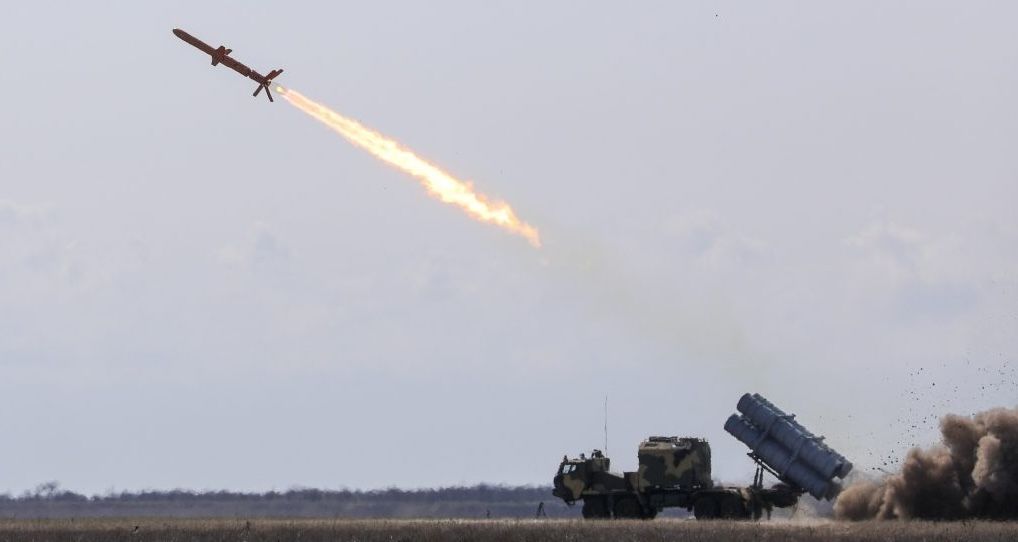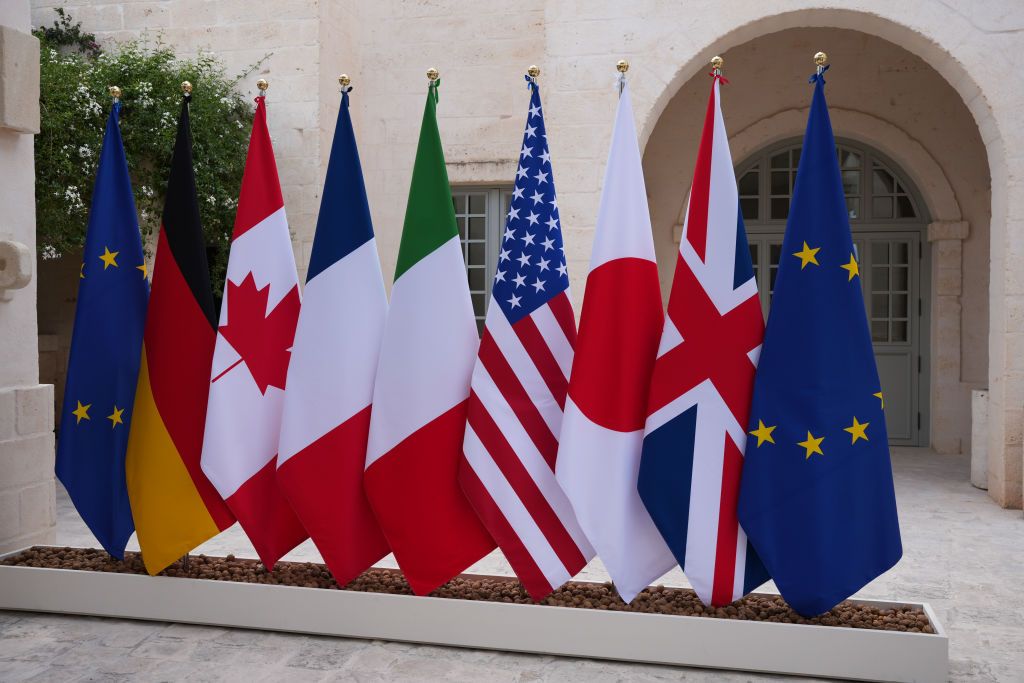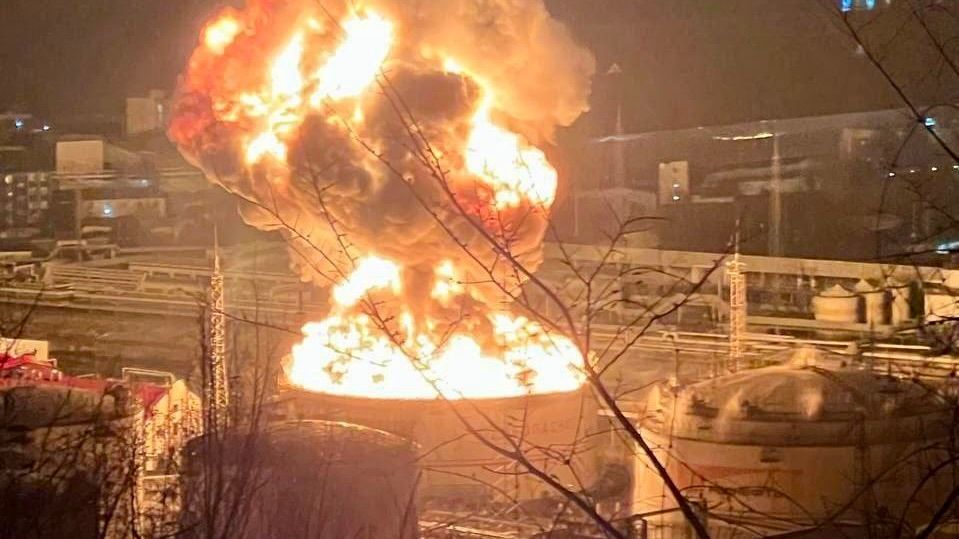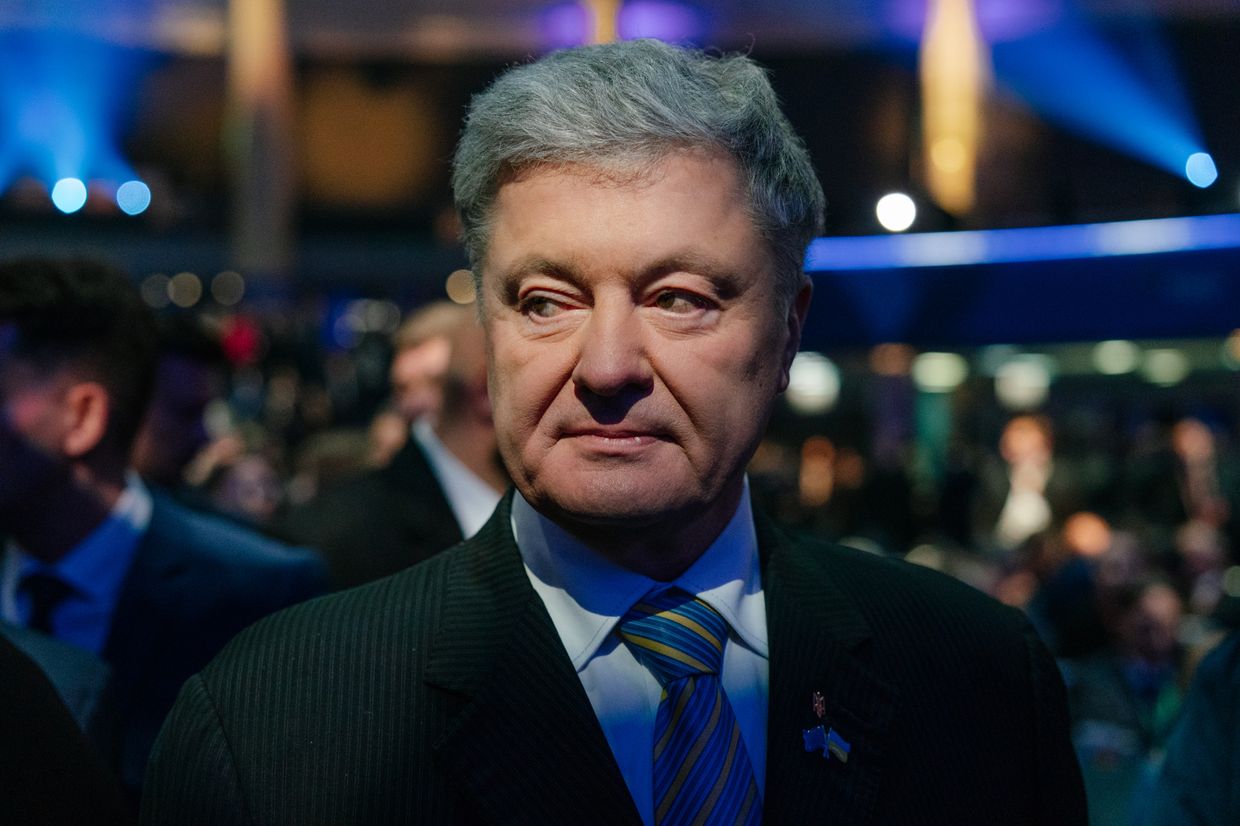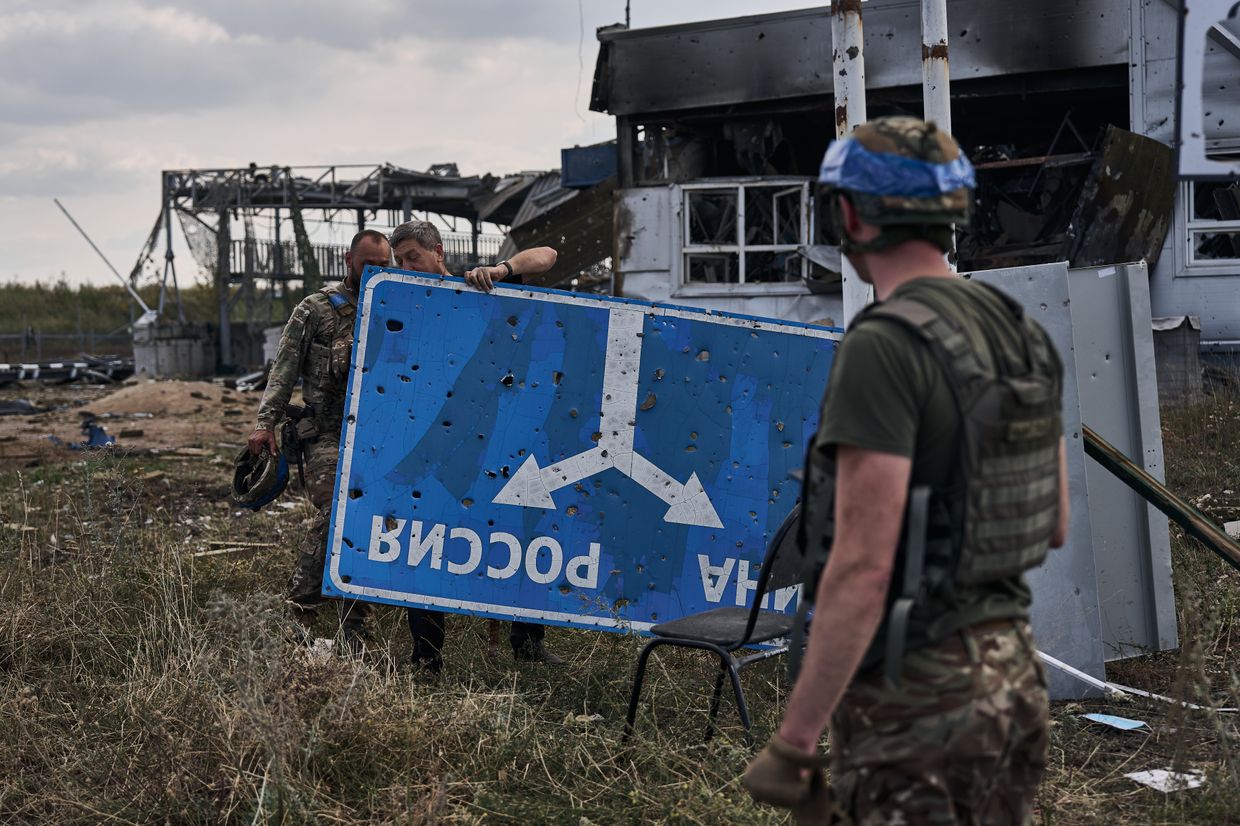Editor's note: This article has been updated to reflect details revealed on Oct. 28 as to how much country will contribute as part of the loan package.
The Group of Seven (G7) has reached an agreement to provide Ukraine with approximately $50 billion in loans backed by the revenue from foreign Russian assets, the G7 announced on Oct. 25.
"Our aim is to begin disbursing the funds by the end of the year," a statement from the G7 leaders read.
During the G7 summit in Italy in June, G7 leaders publicly confirmed an agreement on the plan to provide Ukraine with a $50 billion loan. Officials said shortly thereafter that the plan would be finalized in October.
"Today, we, the Leaders of the Group of Seven (G7), have reached a consensus on how to deliver approximately $50 billion in Extraordinary Revenue Acceleration (ERA) loans to Ukraine," the Oct. 25 statement reads.
"These loans will be serviced and repaid by future flows of extraordinary revenues stemming from the immobilization of Russian Sovereign Assets, in line with G7 respective legal systems and international law. "
The funds will support Ukraine's economic, defense, and reconstruction needs.
On Oct. 28, Italy, serving in the rotating presidency of the G7, announced finalized details around each country's contribution to the loan package, Japanese media outlet Nekkei reported.
The United States will contribute the bulk of the loan with $20 billion in assistance. The U.S. is closely followed by European Union countries, including France, Germany, and Italy, with a combined $19.4 billion. The remaining approximately $10 billion will be divvied up with Canada providing $3.7 billion, Japan providing $3.07 billion, and the U.K. providing $2.9 billion in loan funding.
While Western countries have frozen $300 billion in Russian assets, they can only access the annual income generated by these funds, approximately $3.2 billion. These profits will back the $50-billion loan to Kyiv, while the vast majority of the assets are frozen in European countries.
Speaking at the G7 summit in June, President Volodymyr Zelensky called on G7 leaders to back the $50-billion plan but also urged the creation of a mechanism for the full confiscation of $300 billion in frozen Russian funds.
According to media reports on Oct. 22, the G7 plans to keep the Russian assets immobilized even after the war against Ukraine ends.
